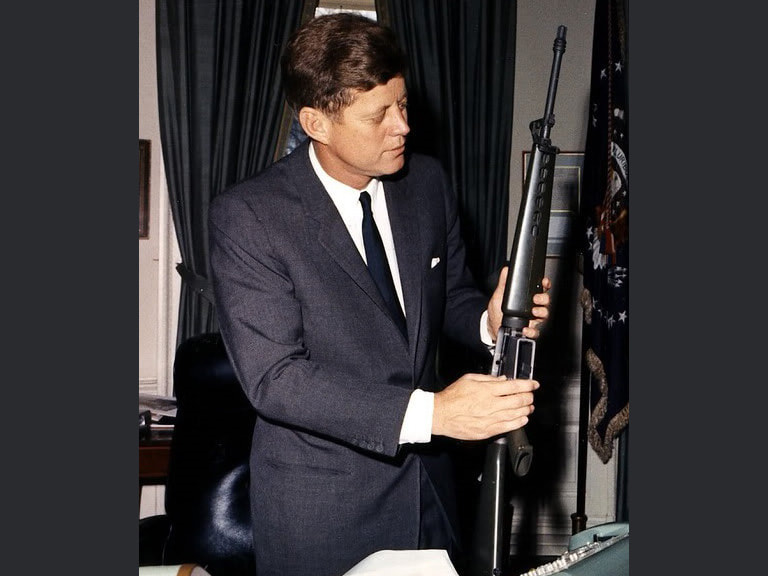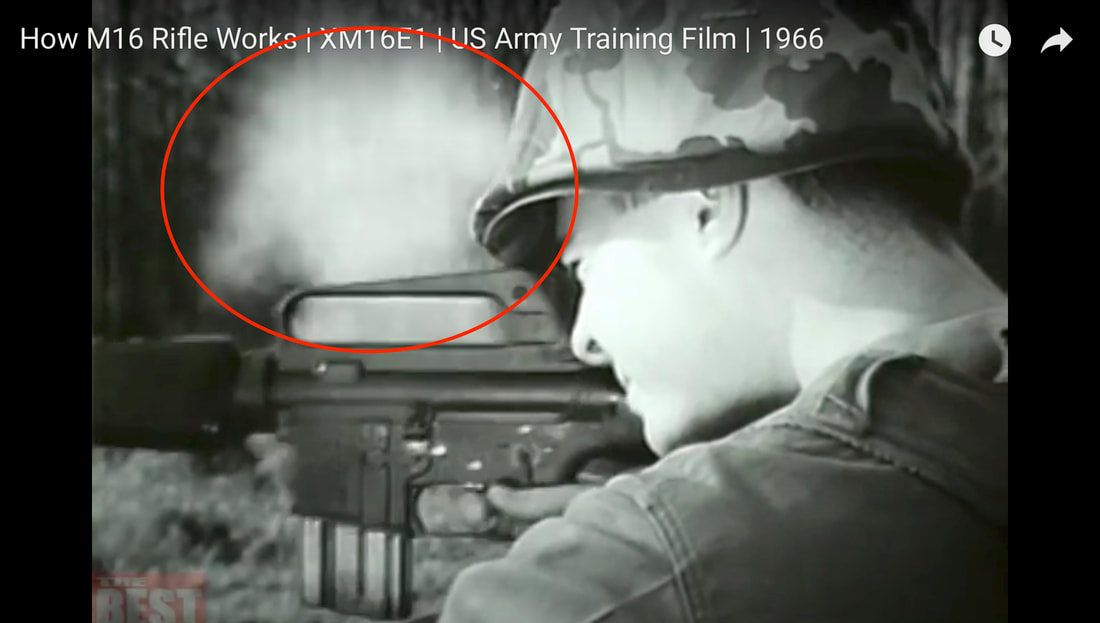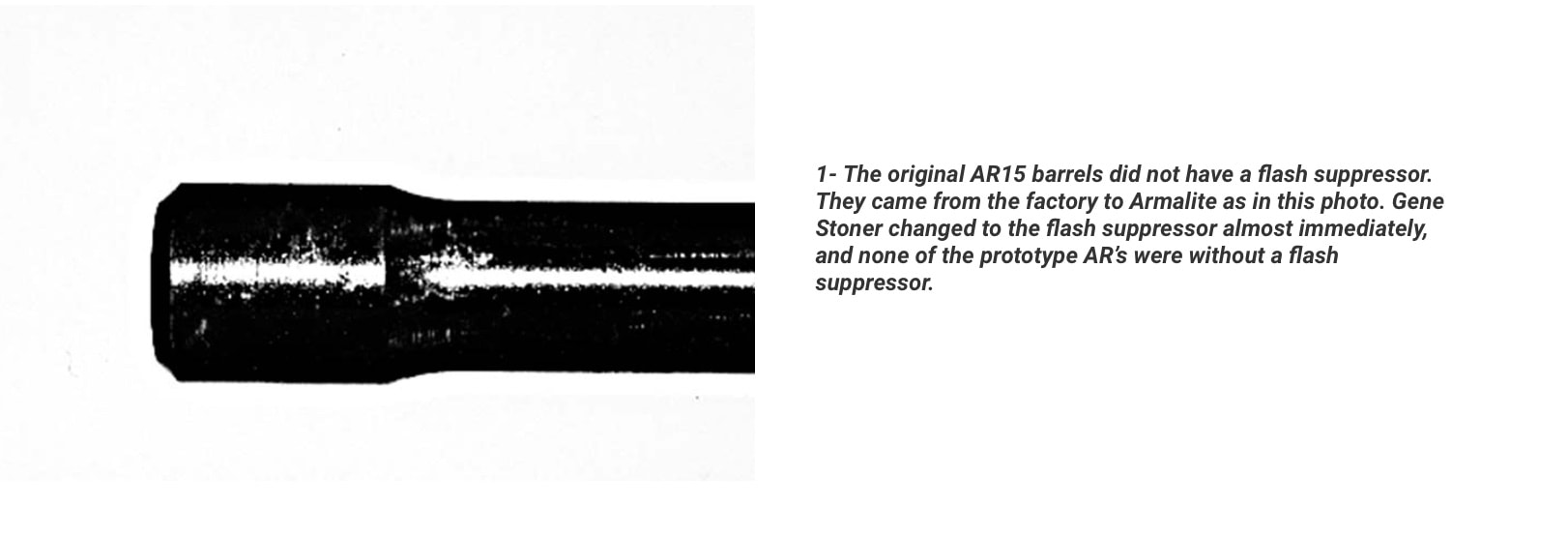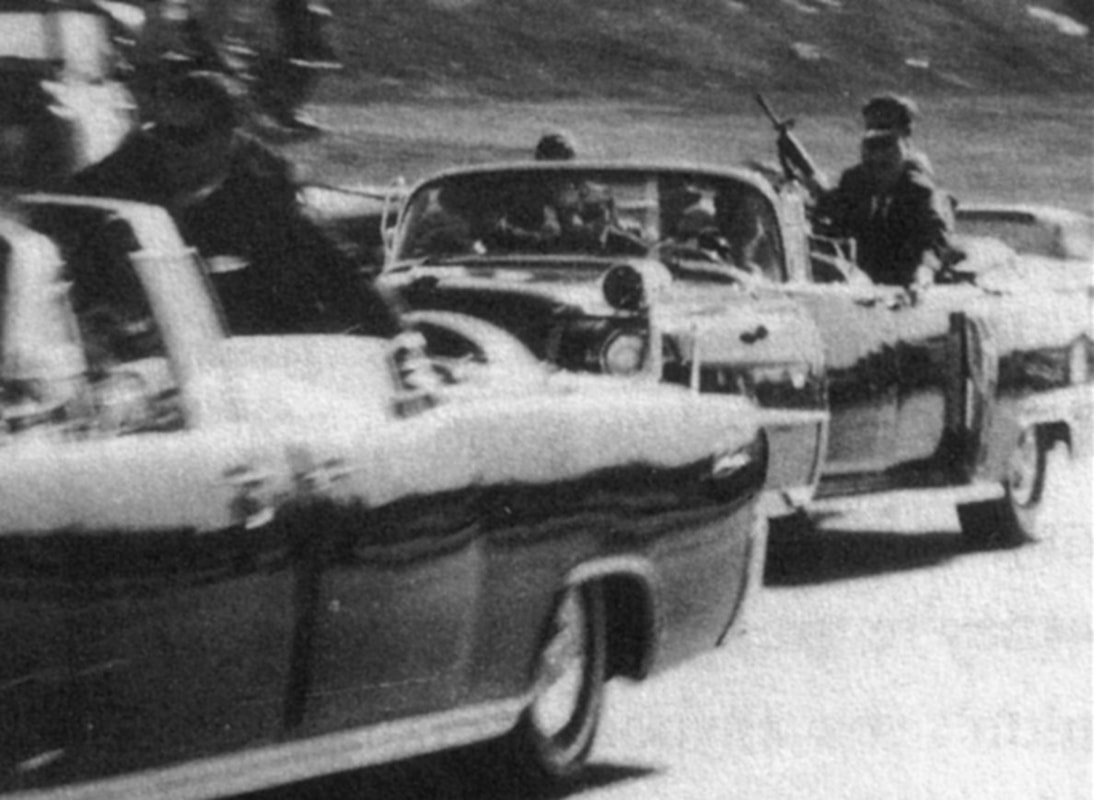A Flash of Light and a Puff of Smoke
My documentary discusses how the (especially early model) AR-15's typically produced a "puff of smoke." It's not gun-smoke, exactly, but the discharge of the gas-operated firing system. In fact, despite improvements in the weapon's mechanical function, it is a problem that persists to this day, although it seems to occur mostly only when the weapon gets hot (unlike in the earlier models, which seemed to emit a visible "puff of smoke" much more frequently).
My documentary discusses how the (especially early model) AR-15's typically produced a "puff of smoke." It's not gun-smoke, exactly, but the discharge of the gas-operated firing system. In fact, despite improvements in the weapon's mechanical function, it is a problem that persists to this day, although it seems to occur mostly only when the weapon gets hot (unlike in the earlier models, which seemed to emit a visible "puff of smoke" much more frequently).
I should also address the "flash of light" that a small number of witnesses (Jean Hill, Lee Bowers) reported. This was most likely the muzzle flash that accompanied the shot. In the military, flash suppression was/is important, because you do not want the enemy to be able to pinpoint your position. However, the early civilian AR-15's did not come with a flash suppressor:
An AR-15 photographed in the hands of Kennedy appears to have a "duck-bill" type of flash suppressor that came with the "01" model...

A crop of a photograph of Kennedy and Chester Clifton (I orignally thought it was Curtis LeMay, but I was corrected--and Clifton makes better sense, as the two men seem friendly in the larger photo, and Kennedy and LeMay had a somewhat antagonistic relationship), with Kennedy holding an AR-15. The weapon has a "duck-bill" type of flash suppressor.
However, and more importantly, the Volkland photograph (a crop of which became the cover picture of the book Mortal Error, wherein Howard Donahue's theory of the accidental AR-15 shot was explained) showing Hickey holding the AR-15 immediately after the assassination does NOT seem to show a flash suppressor on the weapon:
One could wish for the Volkland photo to be a bit more clear, of course, but the glint of sunlight along the top edge of the barrel appears to be unbroken by a flash suppressor, even if the barrel does appear to widen somewhat.
So as interesting as it is to speculate that Kennedy once held the instrument of his own death in his hands, they appear to be different weapons (although of the same type), not the exact same weapon, with the Secret Service having acquired an earlier-produced gun than the one Kennedy was holding.
But importantly for our purposes, the Secret Service AR-15, especially without a flash-suppressor, appears to be the source of the "flash of light" as well as the "puff of smoke" reported by some Dealey Plaza witnesses.
(I should also note that even if the Secret Service weapon did have a flash suppressor, which I argue the Volkland photo does not necessarily show, it is possible that the sudden appearance of the gas release might itself create the appearance of "a flash of light." --Denise)
So as interesting as it is to speculate that Kennedy once held the instrument of his own death in his hands, they appear to be different weapons (although of the same type), not the exact same weapon, with the Secret Service having acquired an earlier-produced gun than the one Kennedy was holding.
But importantly for our purposes, the Secret Service AR-15, especially without a flash-suppressor, appears to be the source of the "flash of light" as well as the "puff of smoke" reported by some Dealey Plaza witnesses.
(I should also note that even if the Secret Service weapon did have a flash suppressor, which I argue the Volkland photo does not necessarily show, it is possible that the sudden appearance of the gas release might itself create the appearance of "a flash of light." --Denise)



